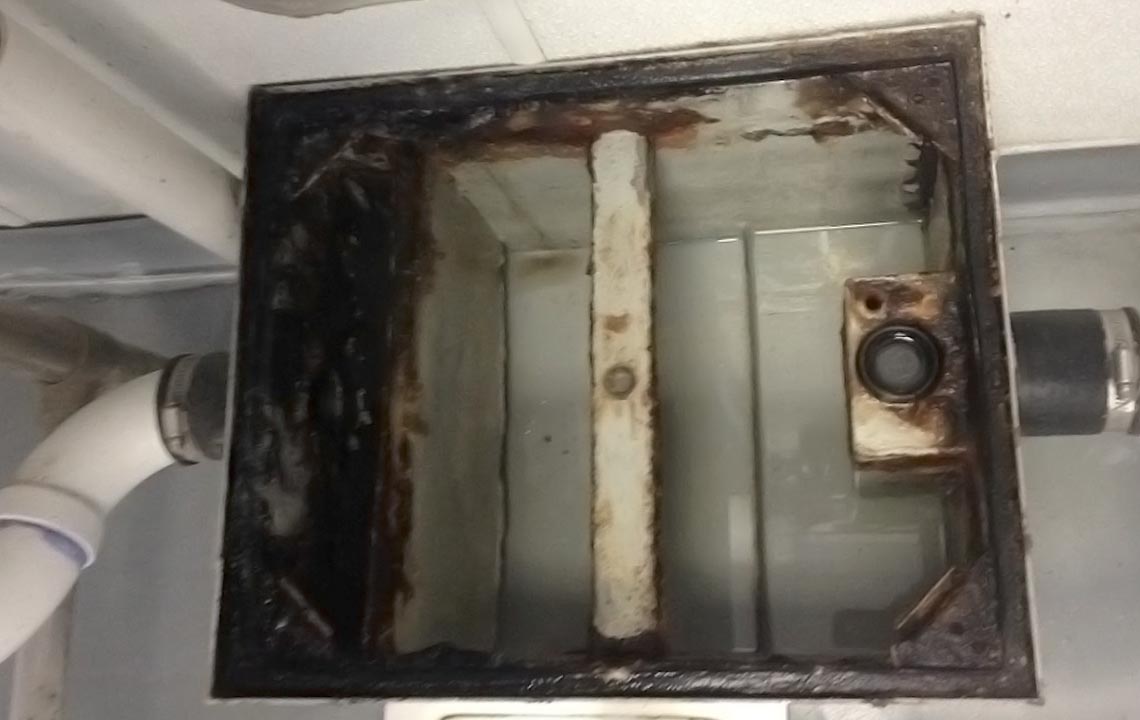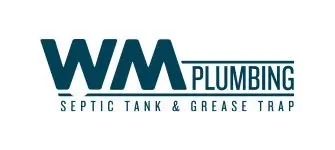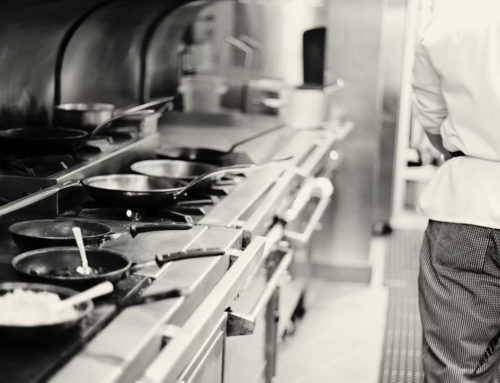Grease Trap Best Practices for New Restaurant Owners

For new restaurant owners, understanding and implementing grease trap best practices is essential for maintaining efficient kitchen operations, ensuring compliance with regulations, and minimizing environmental impact. Grease traps, also known as grease interceptors, are critical components that capture fats, oils, and grease (FOG) from wastewater to prevent them from entering the sewer system and causing blockages. Here’s a comprehensive guide to grease trap best practices for new restaurant owners:
Importance of Grease Traps
Grease traps play a crucial role in commercial kitchens by:
- Preventing Drain Blockages: FOG can solidify and accumulate in sewer pipes, leading to clogs and backups that disrupt kitchen operations and require costly repairs.
- Protecting the Environment: Properly maintained grease traps prevent FOG from entering wastewater treatment facilities or natural water bodies, reducing environmental pollution.
- Ensuring Compliance: Many municipalities require restaurants and food establishments to install and maintain grease traps to comply with local plumbing codes and environmental regulations.
Grease Trap Best Practices
1. Proper Sizing and Installation
Ensure your grease trap is properly sized according to the volume of wastewater and FOG generated by your kitchen. Consult with a licensed plumber or grease trap specialist to determine the appropriate size based on your kitchen’s capacity and local regulations. Proper installation is crucial to ensure the trap functions effectively and meets regulatory requirements.
2. Regular Maintenance and Cleaning
Establish a routine maintenance schedule to inspect, clean, and maintain the grease trap. Regular cleaning prevents FOG buildup, odors, and clogs that can disrupt kitchen operations. Schedule professional cleanings as recommended by your plumber or local regulations, typically every 1 to 3 months depending on usage and trap capacity.
3. Proper Disposal of FOG
Implement proper practices for disposing of FOG to minimize its entry into the grease trap. Avoid pouring grease, oil, or food scraps down sinks or drains. Instead, collect FOG in designated containers and dispose of it in accordance with local regulations. Consider recycling FOG for biofuel or composting where applicable.
4. Educate Kitchen Staff
Educate kitchen staff on the importance of grease trap maintenance and proper FOG disposal practices. Train employees on:
- Scraping Plates: Scrape food scraps into waste bins before washing dishes to minimize FOG entering the drain.
- Avoiding Hot Water: Avoid rinsing hot pans or equipment with water directly into drains, as hot water can melt FOG and lead to blockages.
- Using Strainers: Use sink strainers to capture food particles and debris before they enter the grease trap.
5. Monitor and Recordkeeping
Keep detailed records of grease trap maintenance activities, including cleaning dates, inspections, and service provider information. Maintain compliance with local regulations by documenting maintenance efforts and inspections. Regular monitoring helps identify potential issues early, such as odors or reduced efficiency, allowing for timely corrective actions.
6. Consider Grease Trap Additives
Explore the use of biodegradable grease trap additives approved for use in your jurisdiction. These additives can help break down FOG and enhance grease trap performance when used as part of a comprehensive maintenance program. Consult with a professional to ensure additives are compatible with your grease trap system and comply with regulatory requirements.
7. Regular Inspections and Upgrades
Schedule regular inspections of your grease trap to assess its condition and performance. Consider upgrades or replacements if your current grease trap is outdated, inefficient, or no longer meets regulatory standards. Upgrading to newer models with advanced features, such as automatic cleaning systems or larger capacities, can improve efficiency and reduce maintenance costs over time.
Conclusion
Implementing grease trap best practices is essential for new restaurant owners to maintain efficient kitchen operations, ensure compliance with regulations, and promote environmental stewardship. By investing in proper sizing, installation, regular maintenance, staff education, and compliance with local regulations, restaurants can effectively manage FOG and protect their plumbing infrastructure. Consult with plumbing professionals or grease trap specialists to develop a customized grease management plan tailored to your establishment’s needs and ensure long-term success in managing grease trap operations.




